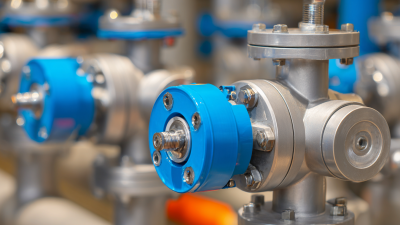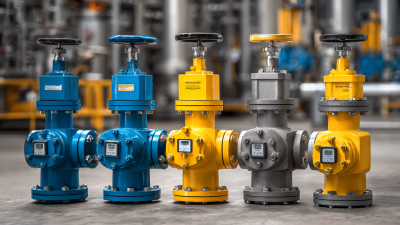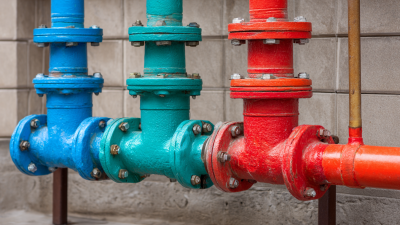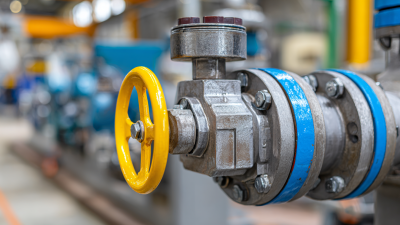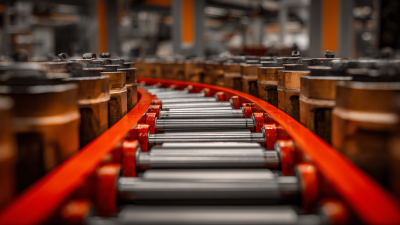
When it comes to ensuring the smooth operation of systems that rely on fluid control, gate valves play a crucial role. These devices, characterized by their ability to start or stop the flow of liquids or gases, require regular maintenance to perform optimally. However, many operators overlook the importance of a comprehensive maintenance checklist tailored specifically for gate valves. In this blog, we will explore the ultimate gate valves maintenance checklist that includes practical tips and essential tasks to keep these vital components functioning efficiently. By following this guide, you can prolong the lifespan of your gate valves, minimize downtime, and enhance overall system performance, ensuring that your operations run as smoothly as possible.
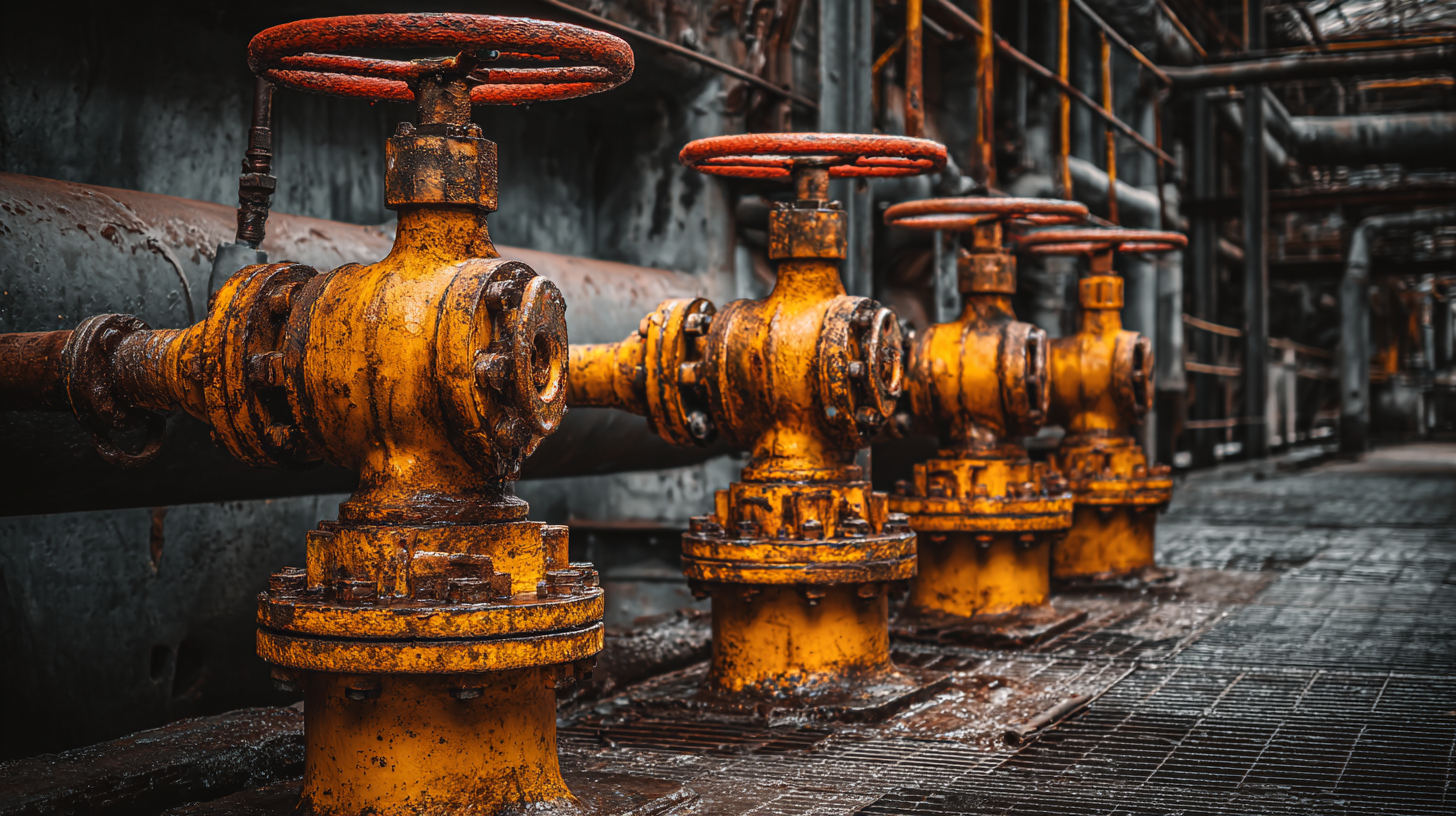
When it comes to the maintenance of gate valves, several essential components play a crucial role in ensuring optimal performance. First and foremost, regular inspection of the valve's sealing surfaces is vital. Over time, these surfaces can wear down due to pressure fluctuations and corrosion, leading to leaks. Inspecting these areas for signs of damage or wear can help identify any necessary repairs before they escalate into larger issues.
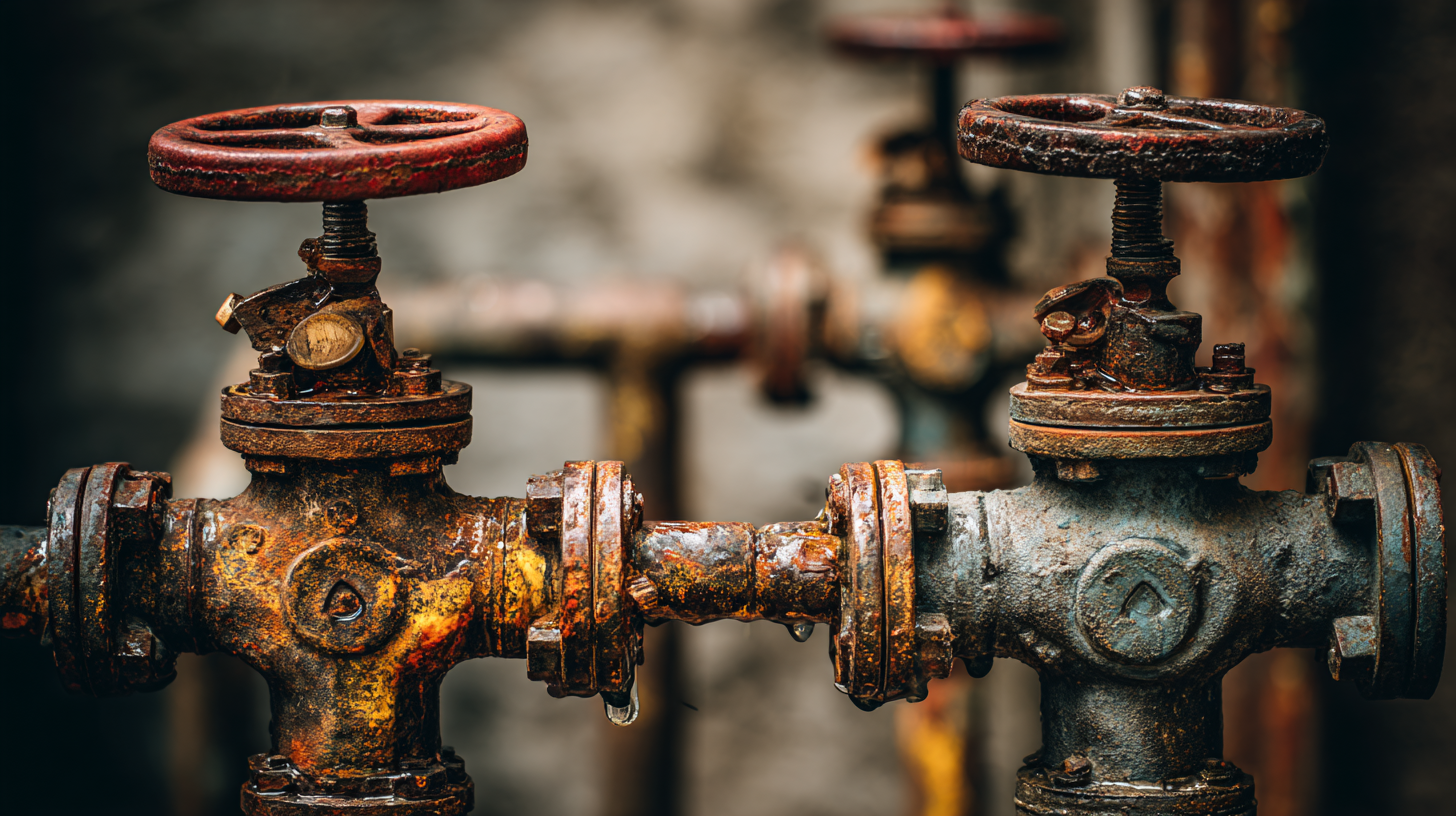
Another key component is the lubrication of the valve stem and actuator. Proper lubrication not only facilitates smooth operation but also reduces friction and wear. It's important to use the right type of lubricant that is compatible with the materials of the valve and its environment. Additionally, checking the alignment of the valve and ensuring that it opens and closes easily are crucial steps. Misalignment can cause excess strain on the valve and lead to premature failure, so timely adjustments are necessary to maintain efficiency.
Regular checks and maintenance of these essential components will enhance the longevity and reliability of gate valves in any system.
 When it comes to gate valves, proper maintenance is crucial for ensuring optimal performance and longevity. One common issue that operators face is leakage, which can stem from worn packing or damaged seals. To mitigate this problem, regular inspections should be conducted to identify any signs of wear. Replacing the packing material or seals can often remedy the situation, preventing further leaks and potential system failures.
When it comes to gate valves, proper maintenance is crucial for ensuring optimal performance and longevity. One common issue that operators face is leakage, which can stem from worn packing or damaged seals. To mitigate this problem, regular inspections should be conducted to identify any signs of wear. Replacing the packing material or seals can often remedy the situation, preventing further leaks and potential system failures.
Another prevalent issue is valve blockage, often caused by debris accumulation or corrosion. To address this, it's essential to routinely flush the valve and inspect it for any buildup. Implementing a preventative maintenance schedule that includes cleaning and testing the valve's operation can significantly reduce the risk of blockages. Additionally, monitoring the valve's opening and closing mechanisms can help identify any stiffness or binding that may lead to complications down the line. Maintaining vigilant oversight of these aspects can extend the life of the gate valve and improve overall system reliability.
Regular inspection of gate valves is crucial for ensuring optimal functionality and preventing costly downtime. According to a report by the International Journal of Engineering and Technology, maintenance of gate valves can lead to a 30% increase in operational efficiency. This underlines the importance of systematic inspection procedures, which include checking the valve’s alignment, ensuring the stem is freely moving, and examining the sealing surfaces for any wear and tear.
The recommended inspection frequency is every six months, but this can vary depending on the operating environment. Procedures for optimal inspection include visual assessments for corrosion, testing the valve’s pressure drop, and verifying the proper operation of the actuator. The American Society of Mechanical Engineers (ASME) suggests documenting these inspections meticulously, as this data not only helps in maintaining the valves but also in predicting maintenance needs and potential failures. Implementing a comprehensive maintenance checklist enhances the longevity and reliability of gate valves, thereby significantly reducing operational risks.
This chart illustrates the frequency of various gate valve maintenance tasks as part of an optimal performance checklist. Regular visual inspections and lubrication are crucial for maintaining functionality, while tasks like seal replacement and pressure testing occur less frequently.
Regular lubrication and cleaning are crucial for ensuring the optimal performance of gate valves. When it comes to lubrication, selecting the right lubricant is essential. High-quality greases or oils designed for valve applications can significantly reduce friction and wear on internal components, thus prolonging the lifespan of the valve. It’s important to follow the manufacturer’s recommendations regarding the frequency and amount of lubricant to apply. For best results, the lubricant should be applied evenly and thoroughly to all moving parts, including the stem and sealing surfaces, to prevent any build-up of debris or contaminants.
Cleaning is another vital aspect of maintenance that should not be overlooked. Gate valves can accumulate dirt, rust, and scale over time, which can impede their functionality. A scheduled cleaning regimen — using appropriate solvents or pressure washing methods — will help maintain the valve’s integrity. During the cleaning process, inspect the valve for signs of wear or damage, ensuring that sealing surfaces remain intact and that no leaks are present. Combining proper lubrication with regular cleaning will significantly enhance the performance and reliability of gate valves, ensuring they operate efficiently for years to come.
When performing maintenance on gate valves, safety precautions are paramount to prevent injuries and ensure optimal performance. According to the American Society of Mechanical Engineers (ASME), nearly 25% of workplace accidents stem from improper equipment handling and maintenance practices. Implementing a detailed safety checklist can significantly reduce these risks.
Prior to any maintenance activity, it is crucial to depressurize the system and drain any fluids to mitigate the risk of accidents due to leaks or pressure release. The Occupational Safety and Health Administration (OSHA) emphasizes the importance of personal protective equipment (PPE), recommending that workers utilize gloves, goggles, and appropriate footwear when engaging in maintenance tasks. Additionally, a reported 30% of valve-related incidents occur because of inadequate lockout/tagout (LOTO) procedures. A comprehensive adherence to LOTO protocols ensures that valves remain in a safe position and cannot be inadvertently operated during maintenance.
Training staff on these safety measures is equally essential. The National Safety Council found that organizations investing in regular safety training experience a 50% reduction in accident rates. By prioritizing these precautions, companies can protect their workforce while maintaining the integrity of their gate valve systems.
| Maintenance Task | Frequency | Tools Required | Safety Precautions |
|---|---|---|---|
| Visual Inspection | Monthly | Flashlight, Inspection Mirror | Wear safety glasses |
| Lubrication of Valve Stem | Quarterly | Grease Gun, Lubricant | Use gloves |
| Check for Leaks | Monthly | Pressure Gauge, Wrench | Ensure area is ventilated |
| Replacement of Seals | Annually | Seal Kit, Screwdriver, Pliers | Follow lockout/tagout procedures |
| Functionality Test | Semi-Annual | Testing Equipment | Wear appropriate PPE |
| Cleaning | As Needed | Cleaning Solvent, Cloth | Avoid inhaling fumes |

